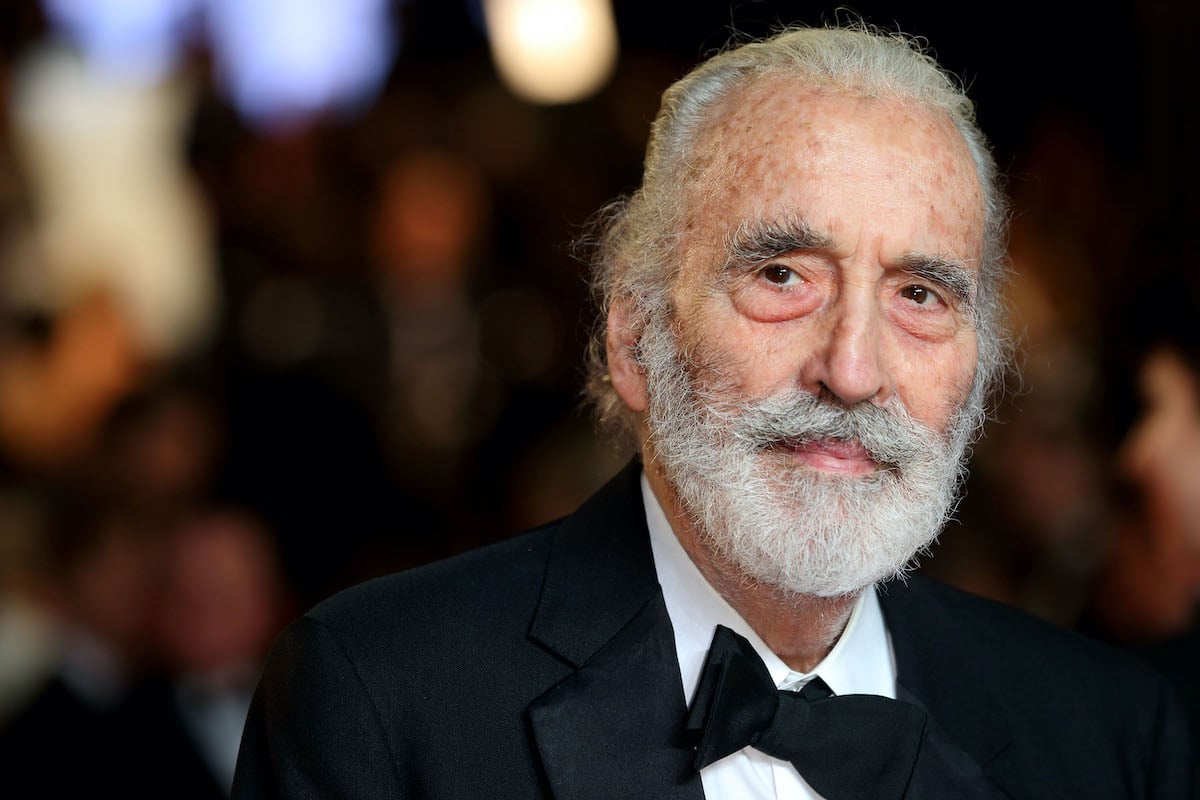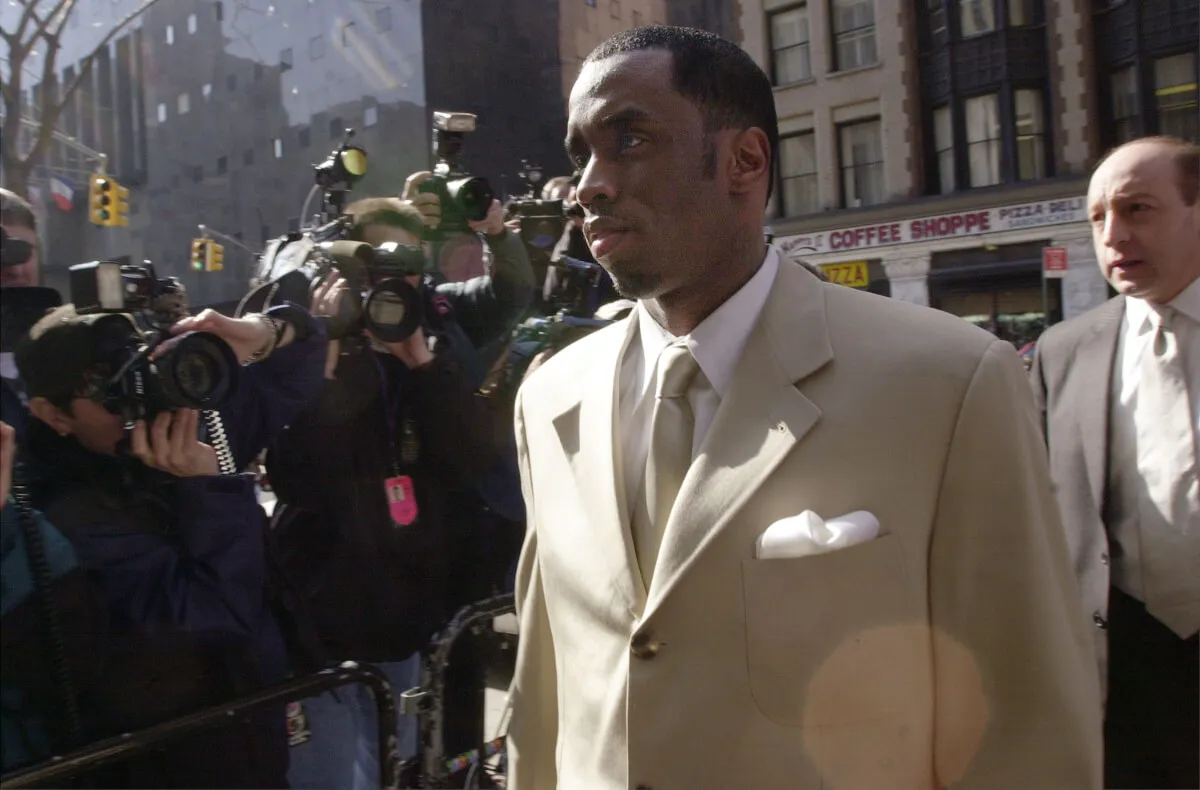Christopher Lee Earned No Money for the Movie He Thinks Is His Best Film
Many movies become known as classics as time passes, but even the most seminal films can have a difficult time getting through the production process and getting shown to a willing audience.
The original 1973 version of The Wicker Man remains the signature movie for a horror subgenre, but it might not have earned this status if not for the intervention of Christopher Lee, who sacrificed some of his own money to ensure that The Wicker Man could be completed and released.

The original ‘Wicker Man’ is a folk horror classic
Written by Anthony Shaffer and directed by Robin Hardy, The Wicker Man follows the investigation of policeman and devout Christian Neil Howie (played by Edward Woodward), who travels to the remote Scottish island Summerisle to search for a missing girl. Once on the island, he is confronted by a strange Paganist society, who know much more about the whereabouts of the girl than they let on.
The Wicker Man is a horror story, but its method of storytelling is rare among scary stories. There’s very little onscreen violence. Large parts of it take place during the day (a choice that inspired Ari Aster’s Midsommar) and there are scenes of small-town camaraderie that could be warm and welcoming under different circumstances: people singing and dancing (sometimes clothed, sometimes wearing animal masks) to appease their local god.
This unique approach to worldbuilding doesn’t undersell the shocking twists of the plot, they enhance it. By the time viewers reach the incredible conclusion, you feel the same awestruck terror as certain characters.
Nearly 50 years after release, it’s still rare to see a horror movie that resembles the vibe of The Wicker Man, especially not the so-bad-it’s-good remake starring Nicolas Cage. As poorly executed as the Neil LaBute-directed picture is, it did give the world that one scene where Cage yells about being stung by bees, so it’s not entirely without merit.
The actors did not make much money from the movie
The artistic success of The Wicker Man is more impressive considering how much effort it took just to get the movie completed in the first place.
The movie was made for half a million pounds, and once it was done, the studio that provided the money, British Lion, demanded that Hardy re-edit the film into something easier to market. (A director’s cut more in line with his vision didn’t get released until 2001.) Still, The Wicker Man received so little backing from British Lion that one of the film’s actors took it upon himself to get the word out.
Christopher Lee, who plays Lord Summerisle in the movie, immediately thought this was a special piece of work and did his part to spread the gospel, even though he, and most of the cast, were not paid to be in The Wicker Man.
“I got paid nothing. I keep repeating to people and they don’t believe it’s true,” he said in the 2001 documentary The Wicker Man Enigma, according to The Independent. “If they paid me my normal fee – and everyone else their normal fees – they wouldn’t have been able to make the film.” Lee paid for an entire promotional tour on his own. Safe to say his persistence paid off.
What was Lee’s net worth prior to his death?
Lee had an outstanding career outside of The Wicker Man. After a stint in the military, he began his acting in the late 1940s.
Lee first drew acclaim starring in “Hammer Horror” films alongside legends like Boris Karloff and Peter Cushing, eventually playing Dracula nine times over the course of his career.
He is mostly known for villainous roles that displayed his gravitas and presence, such as assassin Francisco Scaramanga in the James Bond film The Man with the Golden Gun, Saruman the White in the Lord of the Rings series, and Count Dooku in Episodes Two and Three of the Star Wars saga. Lee was knighted in 2009 and had a net worth of $25 million, according to Celebrity Net Worth. He died in 2015 at the age of 93.

